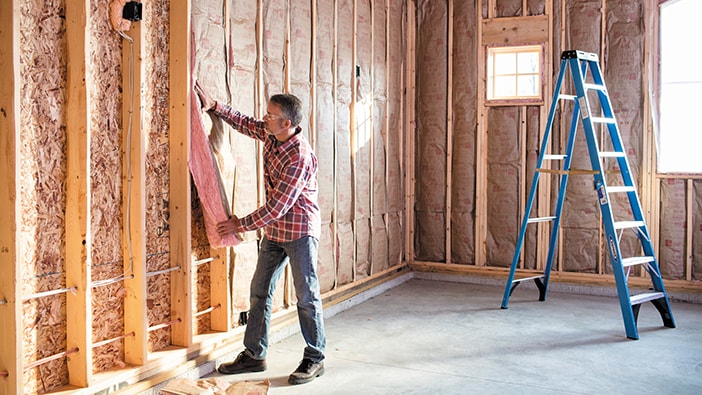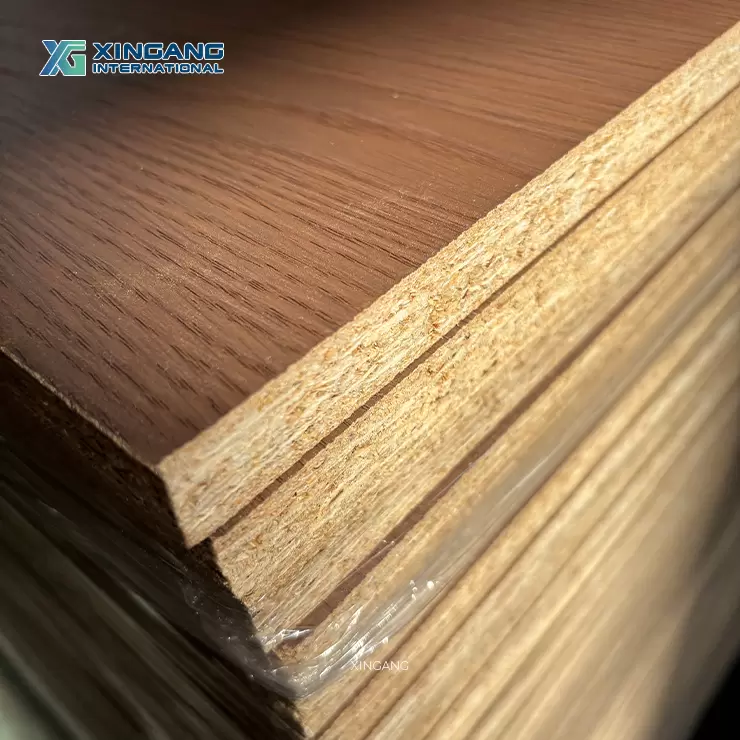Unveiling the Science Behind Insulation: How It Traps Heat Effectively

Insulation plays a crucial role in maintaining comfortable indoor temperatures and reducing energy consumption. It acts as a barrier, preventing the transfer of heat between the interior and exterior of a building. In this blog post, we will delve into the science behind insulation and explore how it effectively traps heat. By understanding the mechanisms at work, we can make informed decisions about insulation materials and techniques for optimal thermal efficiency.
- The Basics of Heat Transfer:
To comprehend how insulation traps heat, we must first grasp the fundamentals of heat transfer. There are three primary modes of heat transfer: conduction, convection, and radiation. Insulation primarily targets conduction and radiation, which are the dominant modes affecting heat loss or gain in buildings. - Conduction: Slowing the Flow of Heat:
Conduction refers to the transfer of heat through direct contact between materials. Insulation materials are designed to impede this process by minimizing the transfer of thermal energy. They achieve this by incorporating materials with low thermal conductivity, such as fiberglass, mineral wool, or foam. These materials contain air pockets that restrict the movement of heat, effectively slowing down its flow. - Radiation: Reflecting and Absorbing Heat:
Radiation involves the transfer of heat through electromagnetic waves. Insulation materials can reflect or absorb radiant heat, preventing it from entering or escaping a building. Reflective insulation, such as radiant barriers, uses reflective surfaces to bounce back radiant heat. On the other hand, absorptive insulation, like dark-colored materials, absorbs radiant heat, preventing it from reaching the interior. - Air Trapping: The Key to Effective Insulation:
One of the critical factors in insulation's ability to trap heat is its capacity to trap air. Air is an excellent insulator, and insulation materials are designed to create and retain air pockets. These air pockets act as barriers, hindering heat transfer by conduction and convection. The more effectively insulation can trap air, the better it can prevent heat loss or gain. - Insulation Types and R-Value:
Insulation materials come in various forms, each with its unique properties and R-value. The R-value measures an insulation material's thermal resistance, indicating how effectively it resists heat flow. Higher R-values signify better insulation performance. Common insulation types include fiberglass, cellulose, spray foam, and rigid foam. Understanding the characteristics and R-values of different materials is crucial for selecting the most suitable option for specific applications. - Installation and Maintenance:
Proper installation and regular maintenance are essential for maximizing insulation's heat-trapping capabilities. Gaps, compression, or damage in insulation can compromise its effectiveness. Hiring professional installers and conducting periodic inspections can ensure insulation remains intact and performs optimally over time.
Conclusion:
Insulation serves as a vital component in creating energy-efficient and comfortable indoor environments. By impeding heat transfer through conduction and radiation, insulation effectively traps heat. Understanding the science behind insulation empowers us to make informed decisions when selecting materials and techniques, ultimately leading to improved thermal efficiency and reduced energy consumption.


